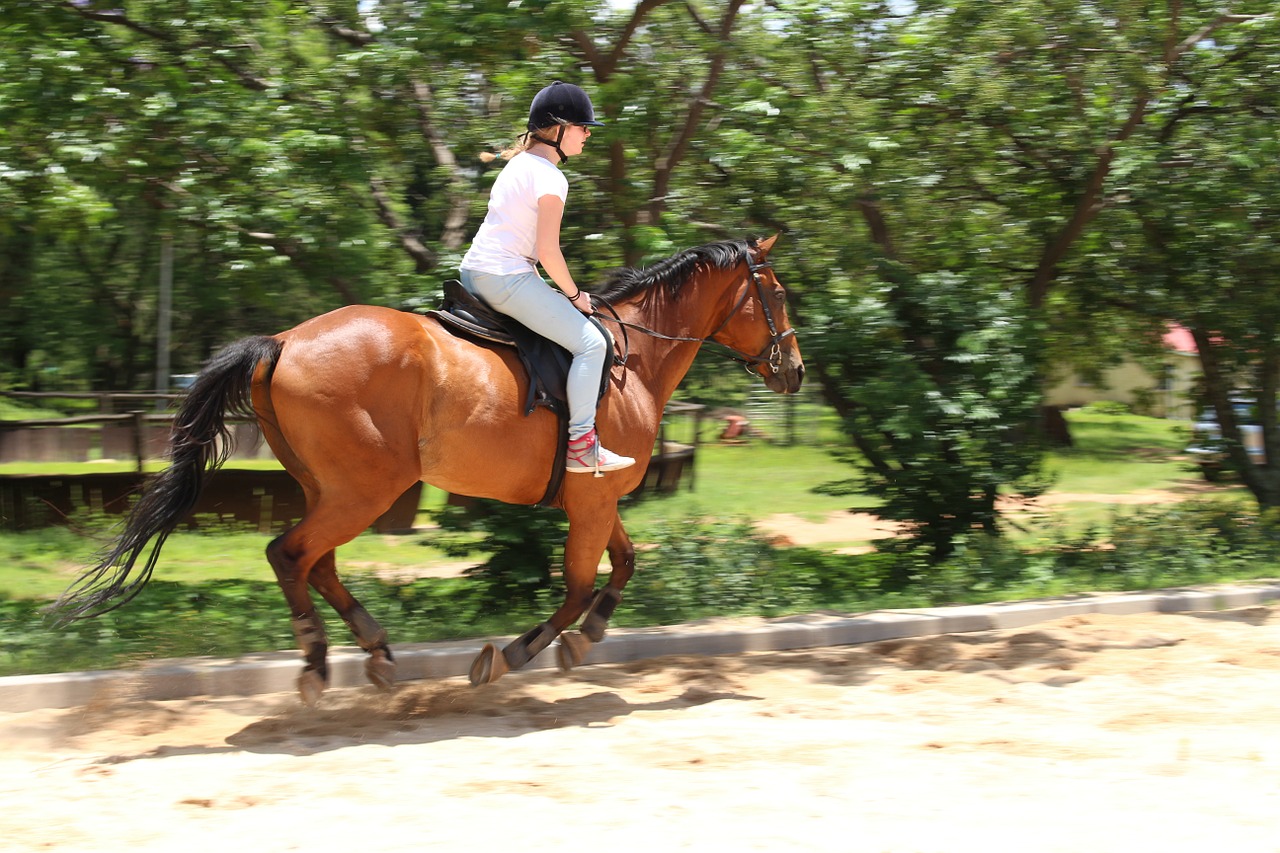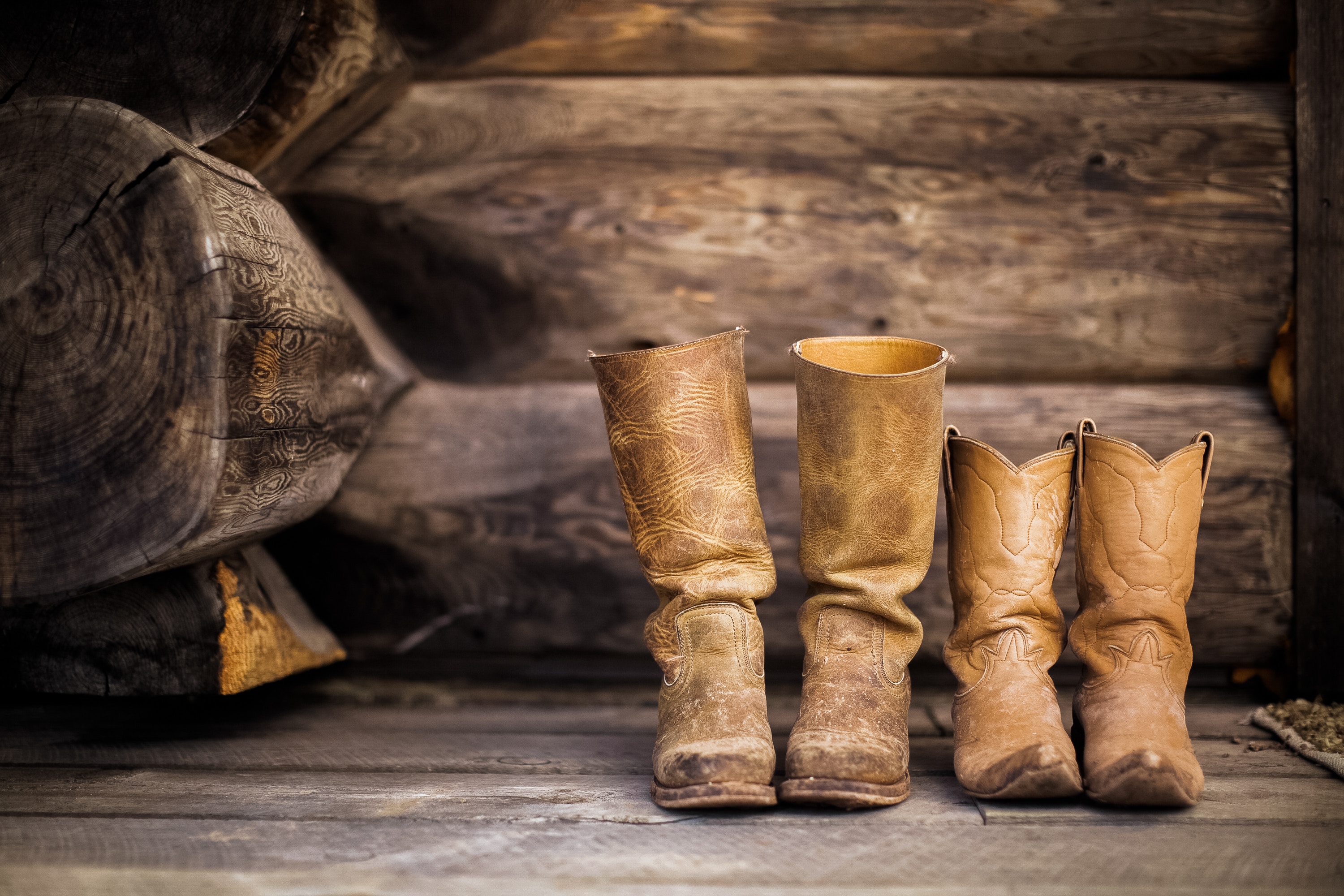The right saddle is essential for your horse’s well-being and reliability. To put this in perspective, imagine that you need a pair of hiking boots for a long excursion. Common sense dictates that your choice of footwear will heavily impact the quality of your experience. It’s safe to say that you’d choose comfortable, durable boots that fit properly, rather than the cheapest alternative.
While this illustration makes it easy to understand why the right fit is essential for hiking boots, many inexperienced riders do not apply the same reasoning when they choose a saddle. Revisiting the hiking boot example, continuous and significant pressure on the feet of a hiker wearing improperly fitted boots will eventually lead to pain. The same logic applies for properly fitting saddles. Repeatedly riding a horse using a poorly fitted saddle can eventually cause the equine to develop musculoskeletal problems. In addition, the horse will feel uncomfortable and fail to perform as desired.

Why a Properly Fitting Saddle Is Important
If the saddle is poorly fitted, it will dig into the horse. This will cause pain by creating pressure points on the horse’s body. Pressure points interfere with the horse’s skin circulation. Furthermore, pressure points stop the horse’s sweat glands from working properly. The horse’s body won’t be able to cool properly in those areas, and eventually, it will stop blood circulation altogether at those points.
Take Good Care of Your 4-Legged Friend!
The same is true when choosing a saddle. With saddles, however, you must consider your own comfort and that of your four-legged friend. A properly fitted saddle allows the rider to maintain a balanced position on an equine. In addition, it will prevent the horse from experiencing back pain.
Furthermore, a poorly fitted saddle can also cause the rider to experience back pain, damage to the perineal area, hip pain or seat bone injuries. In the long run, it will prevent both the rider and horse from experiencing these kinds of injuries.
The Right Saddle for the Job
Proper equestrian saddle fitting begins with the tree. According to experts, the tree is the most important part of the saddle. It serves as an intermediary between the rider and the horse. In other words, it creates a level platform, a physical feature that doesn’t occur naturally for either the rider or the horse.
In general, trees are available in narrow, normal or wide shapes. Wide trees require special fitting. Despite the size, the tree must follow the horse’s natural build.
The Perfect Fit
Riders determine the right seat size by measuring their upper thigh. First, they sit in a chair with their feet flat on the ground, and their knees bent at a 45-degree angle. Also, they make sure that their rear is seated in the back of the chair squarely.
Next, they use a measuring tape to determine the distance from their knee to their seat. Proper saddle size is determined by the following measurements:
- Less than 16 ½-inches – 15-inch saddle
- 16 ½-inches to 18 ½-inches – 16-inch saddle
- 18 ½-inches to 20-inches – 16 ½ inch saddle
- 20-inches to 21 ½-inches – 17-inch saddle
- 21 ½-inches to 23-inches – 17 ½-inch saddle
- 23-inches or more – 18-inch saddle
If the rider’s thigh bone falls in between sizes, it’s recommended to go with the larger size. If the saddle is too small the rider’s weight will shift to the cantle, exerting excessive pressure on the horse’s back.

This is a basic overview of how to properly fit a saddle for a horse. It’s important to further research on how to find a proper fit. A little research in advance will keep riders and horses comfortable and happy for many outings.


